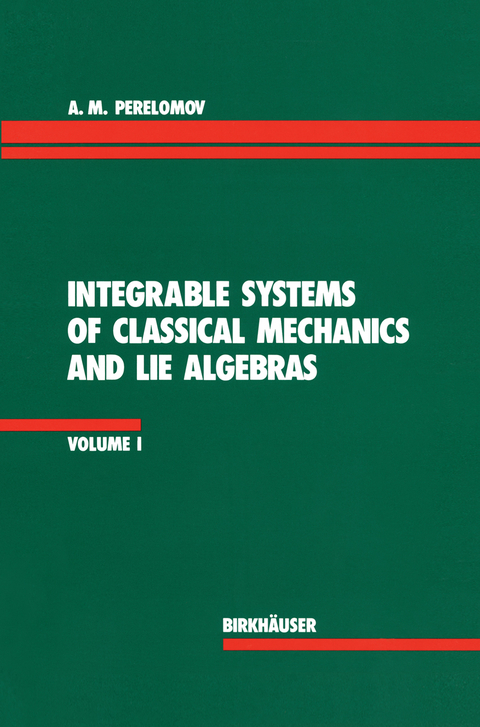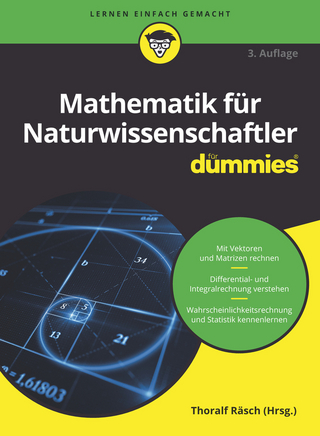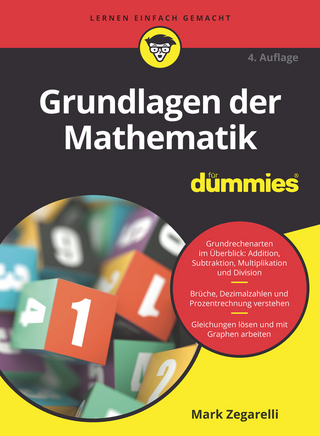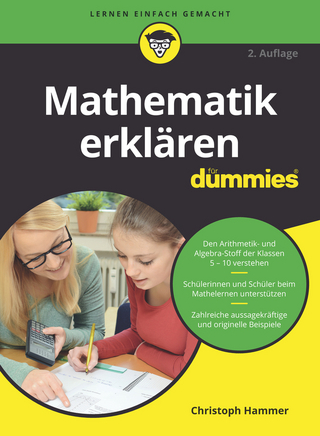
Integrable Systems of Classical Mechanics and Lie Algebras Volume I
Springer Basel (Verlag)
978-3-7643-2336-3 (ISBN)
1. Preliminaries.- 1.1 A Simple Example: Motion in a Potential Field.- 1.2 Poisson Structure and Hamiltonian Systems.- 1.3 Symplectic Manifolds.- 1.4 Homogeneous Symplectic Spaces.- 1.5 The Moment Map.- 1.6 Hamiltonian Systems with Symmetry.- 1.7 Reduction of Hamiltonian Systems with Symmetry.- 1.8 Integrable Hamiltonian Systems.- 1.9 The Projection Method.- 1.10 The Isospectral Deformation Method.- 1.11 Hamiltonian Systems on Coadjoint Orbits of Lie Groups.- 1.12 Constructions of Hamiltonian Systems with Large Families of Integrals of Motion.- 1.13 Completeness of Involutive Systems.- 1.14 Hamiltonian Systems and Algebraic Curves.- 2. Simplest Systems.- 2.1 Systems with One Degree of Freedom.- 2.2 Systems with Two Degrees of Freedom.- 2.3 Separation of Variables.- 2.4 Systems with Quadratic Integrals of Motion.- 2.5 Motion in a Central Field.- 2.6 Systems with Closed Trajectories.- 2.7 The Harmonic Oscillator.- 2.8 The Kepler Problem.- 2.9 Motion in Coupled Newtonian and Homogeneous Fields.- 2.10 Motion in the Field of Two Newtonian Centers.- 3. Many-Body Systems.- 3.1 Lax Representation for Many-Body Systems.- 3.2 Completely Integrable Many-Body Systems.- 3.3 Explicit Integration of the Equations of Motion for Systems of Type I and V via the Projection Method.- 3.4 Relationship Between the Solutions of the Equations of Motion for Systems of Type I and V.- 3.5 Explicit Integration of the Equations of Motion for Systems of Type II and III.- 3.6 Integration of the Equations of Motion for Systems with Two Types of Particles.- 3.7 Many-Body Systems as Reduced Systems.- 3.8 Generalizations of Many-Body Systems of Type I-III to the Case of the Root Systems of Simple Lie Algebras.- 3.9 Complete Integrability of the Systems of Section 3.8.- 3.10 Anisotropic Harmonic Oscillatorin the Field of a Quartic Central Potential (the Garnier System).- 3.11 A Family of Integrable Quartic Potentials Related to Symmetric Spaces.- 4. The Toda Lattice.- 4.1 The Ordinary Toda Lattice. Lax Representation. Complete Integrability.- 4.2 The Toda Lattice as a Dynamical System on a Coadjoint Orbit of the Group of Triangular Matrices.- 4.3 Explicit Integration of the Equations of Motion for the Ordinary Nonperiodic Toda Lattice.- 4.4 The Toda Lattice as a Reduced System.- 4.5 Generalized Nonperiodic Toda Lattices Related to Simple Lie Algebras.- 4.6 Toda-like Systems on Coadjoint Orbits of Borel Subgroups.- 4.7 Canonical Coordinates for Systems of Toda Type.- 4.8 Integrability of Toda-like Systems on Generic Orbits.- 5. Miscellanea.- 5.1 Equilibrium Configurations and Small Oscillations of Some Integrable Hamiltonian Systems.- 5.2 Motion of the Poles of Solutions of Nonlinear Evolution Equations and Related Many-Body Problems.- 5.3 Motion of the Zeros of Solutions of Linear Evolution Equations and Related Many-Body Problems.- 5.4 Concluding Remarks.- Appendix A.- Examples of Symplectic Non-Kählerian Manifolds.- Appendix B.- Solution of the Functional Equation (3.1.9).- Appendix C.- Semisimple Lie Algebras and Root Systems.- Appendix D.- Symmetric Spaces.- References.
| Erscheint lt. Verlag | 1.12.1989 |
|---|---|
| Zusatzinfo | X, 308 p. |
| Verlagsort | Basel |
| Sprache | englisch |
| Maße | 155 x 233 mm |
| Gewicht | 626 g |
| Themenwelt | Mathematik / Informatik ► Mathematik ► Allgemeines / Lexika |
| Naturwissenschaften ► Physik / Astronomie ► Mechanik | |
| Schlagworte | Algebra • classical mechanics • degrees of freedom • Equation • Function • Hardcover, Softcover / Mathematik/Allgemeines, Lexika • HC/Mathematik/Allgemeines, Lexika • lattice • Lie • Lie-Algebra • manifold • Mechanik • Variable |
| ISBN-10 | 3-7643-2336-1 / 3764323361 |
| ISBN-13 | 978-3-7643-2336-3 / 9783764323363 |
| Zustand | Neuware |
| Haben Sie eine Frage zum Produkt? |
aus dem Bereich


